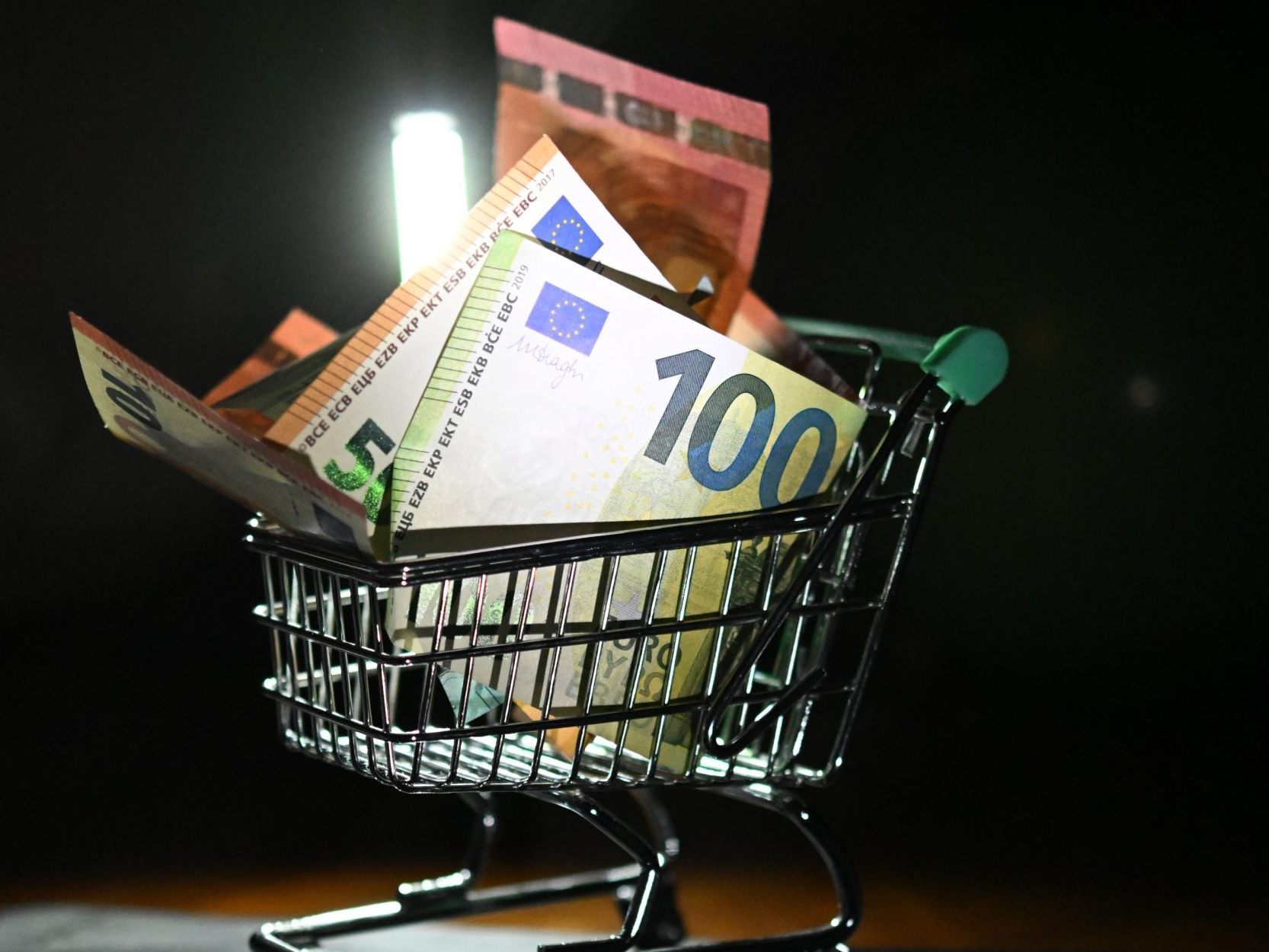Strong Increase in Food Prices in Austria

According to an analysis by the European Central Bank (ECB), food prices in Austria are 33 percent higher than at the end of 2019, before the outbreak of the Corona pandemic. In the countries of the Eurozone, the increase in food prices since then ranges from 20 percent in Cyprus to 57 percent in Estonia. In Germany, it is 37 percent, in Italy 29 percent, and in France 27 percent, according to the data.
"Food prices remain stubbornly high"
"Food prices remain stubbornly high - a third higher than before the pandemic," write central bank economists in an ECB blog with a view to the currency area. In Austria, food prices have grown about as much as the average of the rest of the Eurozone since the end of 2019. However, price comparisons show that certain products are often more expensive than in other EU countries - a point that is repeatedly highlighted in the current debate about the high price level and the Austria surcharge.
According to the ECB analysis, the prices for beef, poultry, and pork in the currency area are now more than 30 percent above the level of the end of 2019. Milk prices have since risen by around 40 percent, and butter prices by around 50 percent. Coffee, olive oil, cocoa, and chocolate have become even more expensive.
After the start of the Russian war of aggression against Ukraine in February 2022, prices for energy, but also for food, rose rapidly. In the meantime, the inflation rate climbed to over 10 percent. In the Eurozone, inflation has now settled around the target of 2 percent, but in Austria, the rate was recently significantly higher.
"Overall, we are in a better position"
"Overall, we are in a better position," write the authors of the ECB. "However, for many households, it doesn't feel that way. When people go to the supermarket, many of them feel poorer than before the inflation surge that followed the pandemic." Some prices are unlikely to fall again.
After the Corona pandemic, food price inflation in the Eurozone began to rise somewhat later than overall inflation, the experts explain. It also reached a much higher level, peaking at more than 15 percent, and is taking longer to normalize.
However, consumers will likely have to come to terms with higher prices for many products in the long term. "The global price increases for food raw materials, partly related to climate change, have significantly contributed to the renewed rise in food inflation," the authors explain. Droughts and floods can significantly disrupt supply chains. "Looking to the future, the impacts of structural trends such as climate change are likely to intensify," the analysis states.
(APA/Red)
This article has been automatically translated, read the original article here.





